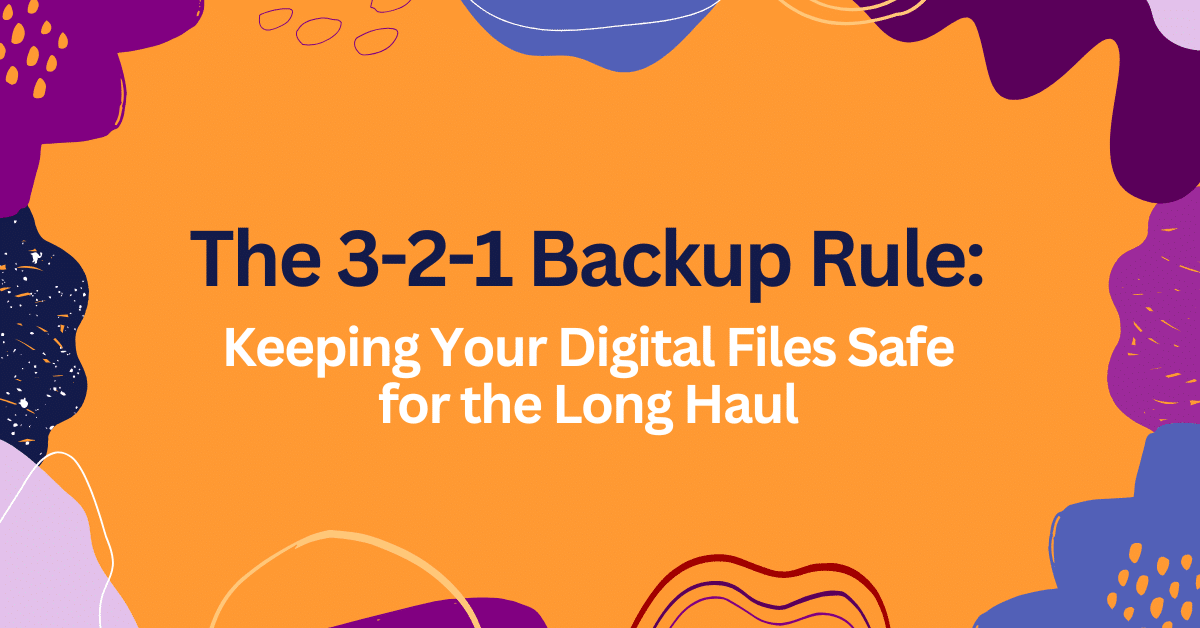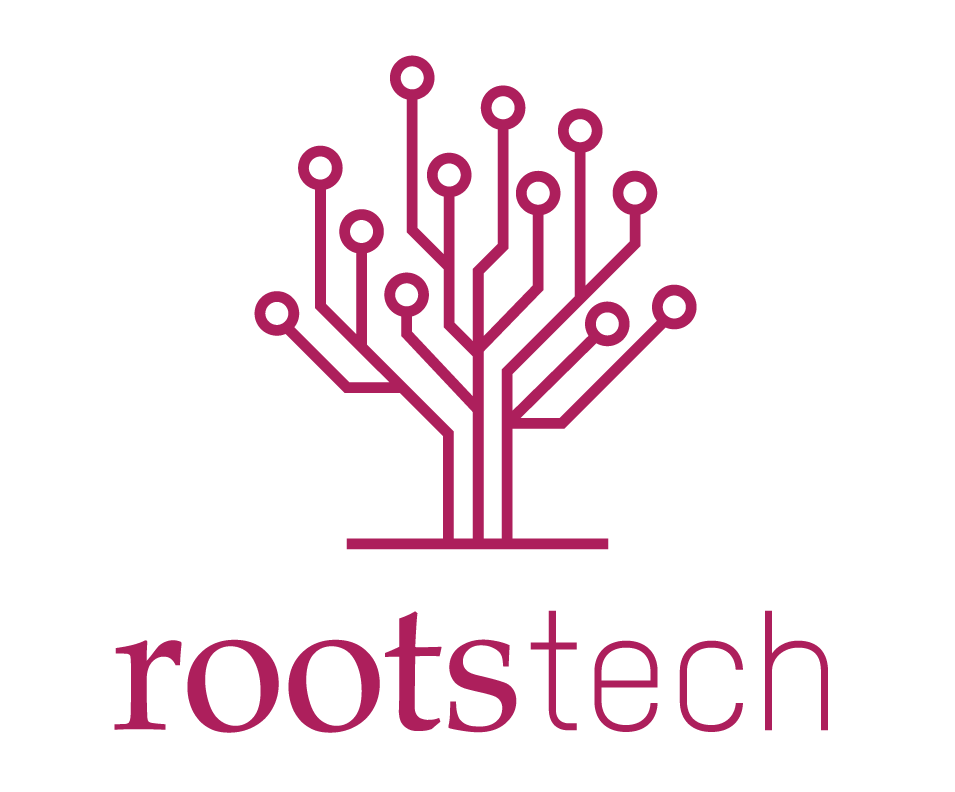
In today’s digital world, we rely on technology to store our most valuable memories, documents, and creative works. However, without a strong backup strategy, those files are at risk of loss due to accidental deletion, file corruption, hardware failure, or even natural disasters. The National Digital Stewardship Alliance (NDSA) 4 Levels of Preservation provide a framework for protecting digital content over time, emphasizing four key areas: Know, Protect, Monitor, and Sustain.
- Knowing involves understanding what you have, where it’s stored, and its risks.
- Protect focuses on ensuring redundant copies, secure storage, and access controls.
- Monitoring requires regular checks to detect corruption or loss.
- Sustain ensures long-term usability through format migrations, documentation, and ongoing management.
This framework helps clarify the difference between simple backup solutions (which focus on keeping extra copies) and true digital preservation, which ensures long-term accessibility, integrity, and usability of digital content.
Not All Cloud Solutions Are Built for Long-Term Preservation
When it comes to protecting your digital files, not all cloud storage services are created equal. Many mainstream platforms prioritize scalability and cost efficiency over true digital preservation, meaning your files could become unreadable over time, be locked into outdated formats, or even disappear if the company shuts down or changes its policies.
In contrast, Permanent.org is mission-driven, built for long-term stability, and funded by an endowment to ensure perpetual access to your files without hidden fees or unexpected loss. While traditional cloud services offer convenience, Permanent.org provides a redundant, multi-location storage system that safeguards your files against data loss, offering a solution built for longevity and security. We perform regular file integrity checks to detect and repair any issues, use backup copies when necessary, and migrate your data to more reliable systems as technology evolves. In addition, we also actively preserve metadata with each file to provide context, ensuring they remain understandable in the future.
The 3-2-1 Rule: The Gold Standard for Backups
One of the most widely recommended backup strategies is the 3-2-1 Rule, which was popularized by photographer and author Peter Krogh and widely adopted by IT professionals, archivists, and digital preservation experts. This method is essential because it minimizes risks associated with data loss, corruption, and unexpected failures. The 3-2-1 Rule is designed to create multiple layers of protection for your digital files, ensuring you’re never left without access to your important data.
Here’s how it works:
- Three copies of your data: Having at least three copies means that even if one fails, you have two more backups. This redundancy significantly reduces the risk of permanent loss.
- Two different storage formats: Storing your files in at least two formats, such as an external hard drive and cloud storage, helps protect against device failures or technical incompatibilities. Different storage mediums have unique vulnerabilities, so diversifying where your files are kept increases security.
- One offsite backup: Keeping at least one copy of your data in a different physical location ensures that disasters like fires, floods, or theft don’t wipe out all your backups.
By following the 3-2-1 Rule, you create a resilient system that safeguards your digital assets from a wide range of potential threats, ensuring they remain protected and accessible for years to come.
Backups Must Be Maintained, Updated, and Accessible
Having backups is only the first step; maintaining them is equally crucial. Digital preservation requires an intentional and ongoing approach to ensure files remain usable and accessible over time.
- Determine your desired level of preservation: Use the NDSA 4 Levels of Preservation to assess what makes sense for your files and how to best protect them over time.
- Have a plan: Consider how and where you store your files, and establish a clear process for keeping them up to date.
- Convert files to widely supported formats: Technology evolves, and some file formats become obsolete. Regularly converting files to widely accepted formats (such as TIFF, PDF/A, or MP4) ensures they can be opened in the future.
- Perform regular audits: Checking your backups periodically helps verify that files remain intact and accessible. Without regular audits, corrupted or inaccessible files might go unnoticed until it’s too late.
Secure Your Digital Legacy
We understand that preserving your digital legacy requires more than just a simple backup – it demands a thoughtful and careful approach. Following best practices like the 3-2-1 Rule and maintaining a proactive preservation strategy is a good start. Permanent.org takes it one step further and is designed to make this process easier and provide perpetual storage and access, ensuring your most important files are protected for generations.
Our platform addresses the key preservation concerns that often go overlooked. For example, the format in which files are stored today may not be readable in the future. We take steps to convert your files into open, universally accessible formats, ensuring they are viewable regardless of future technology changes. Also, if our current storage systems become less reliable or fail to meet evolving privacy and security standards, we move your files to more secure and advanced systems. This means you won’t have to worry about the migration process – we handle it for you.
Starting now, no matter how small, is the key to safeguarding your digital legacy. Sign up for a free Permanent.org account to get started.

